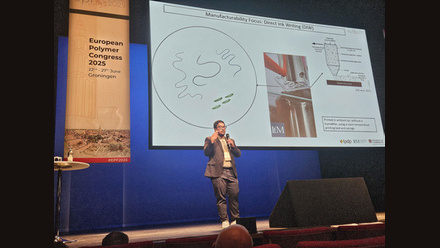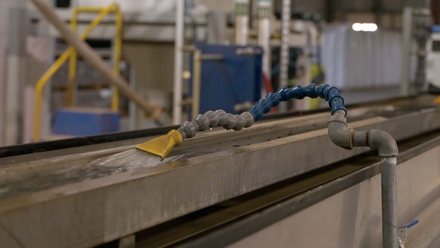The Future of Exoskeletons
The partnerships of academia, international standards and one of the world's oldest testing machine manufacturers bring you The Future of Exoskeletons | INFORM on demand
For over a century the development of exoskeletons has been proposed. But the accelerated advancement of this technology has been realised due to the fact of newer and more affordable motors and micro-controllers.
With these exciting developments, the dawn of a new age is truly among us. The use of human augmentation where small robotic systems are fitted so that we can work through everyday life in a way not possible before.
But as fun and exciting as this may be, we need to make sure that when we propose a new skeleton, we do it under standards to ensure we make our decisions safely. Developed by some of the leading experts from around the world these standards are utilised to capture some of the best methods for testing and do's and don'ts of developments of this technology.
Robotic exoskeleton technology has been with us for almost 60 years but the most recent advances in its composites base could see it being an integral part of missions to Mars in the 2030s.
Adaption of current composite materials as well as the development of new, bespoke composites will see this new technology benefitting a broad spectrum of applications including support for muscle disease sufferers, sports injuries and protection, as well as aerospace, military and industry.
This rapid development has been made possible thanks to a partnership with Tinius Olsen Testing Machine Company. The association has also led to an active involvement with international standards organisation ASTM, with Dr Matt Dickenson becoming ASTI F48.04 – Exoskeleton Maintenance and Disposal Subcommittee Chair.
Who is the webinar aimed at?
This session will be useful to CEOs, research and development staff and technicians within companies interested in or associated with the development and testing of materials, as well as human factor compatibility within clinical, workplace and sports scenarios amongst others. This would also interest educators, research students and young engineers interested in cutting edge developments in exoskeleton technology.
What are the webinar requirements?
The talk will be pitched at a relatively introductory level, so no prior knowledge about is required.
How does it work?
This one-hour webinar will be broadcast via Zoom and delegate questions can be posed through the Q&A function. A video of the webinar will be recorded for all delegates including any material referenced. The webinar is scheduled for Monday 11 April at 15:00 (BST) on the IOM3 Zoom channel. All registered delegates will receive a link and instructions of how to join the webinar in advance. You will need an internet connection to take part in the webinar.
What will I learn from attending this webinar?
Attendees of the webinar will leave having learnt more about how new and evolving technology integrates with international standards and the process by which these required new standards are developed. The webinar will also cover why this is necessary, as well as the influence they have on the technology's ultimate development for human interface.












